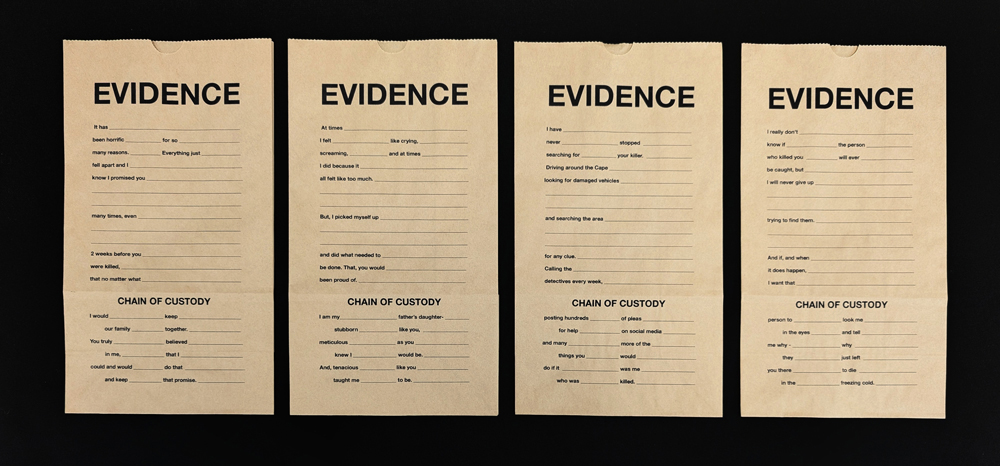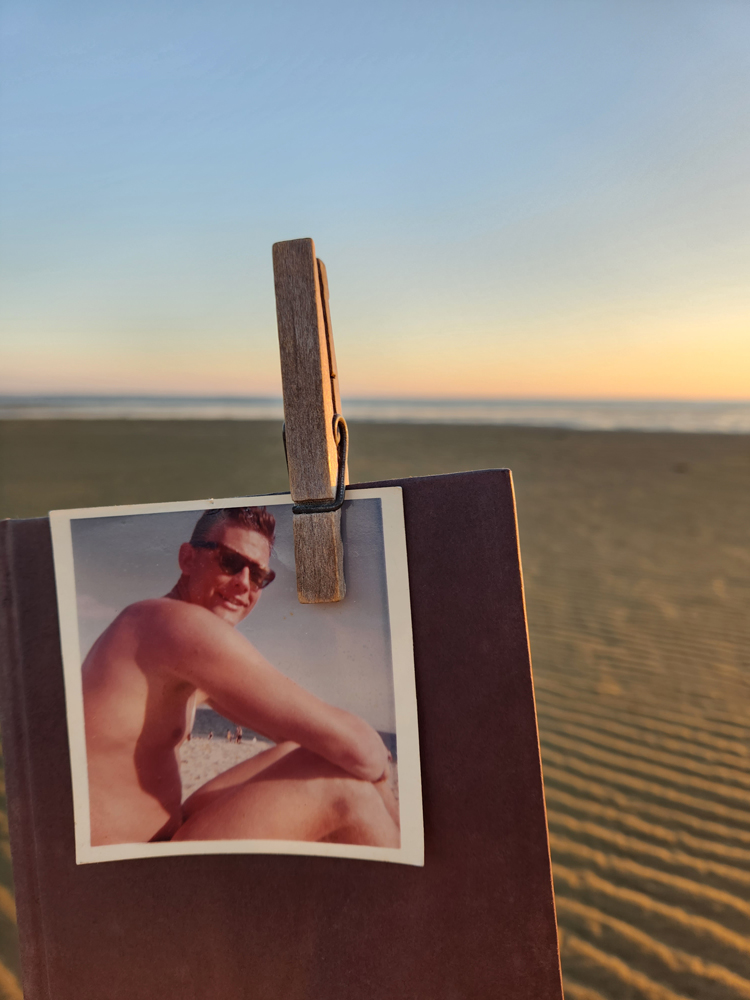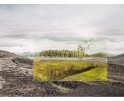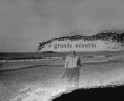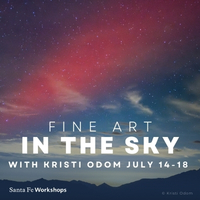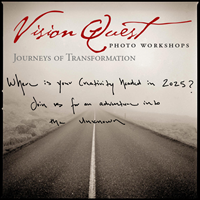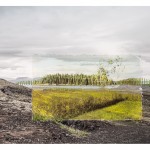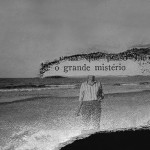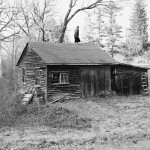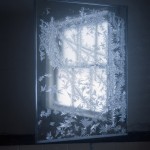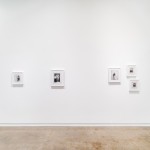Melinda Reyes: Winslow Gray Road
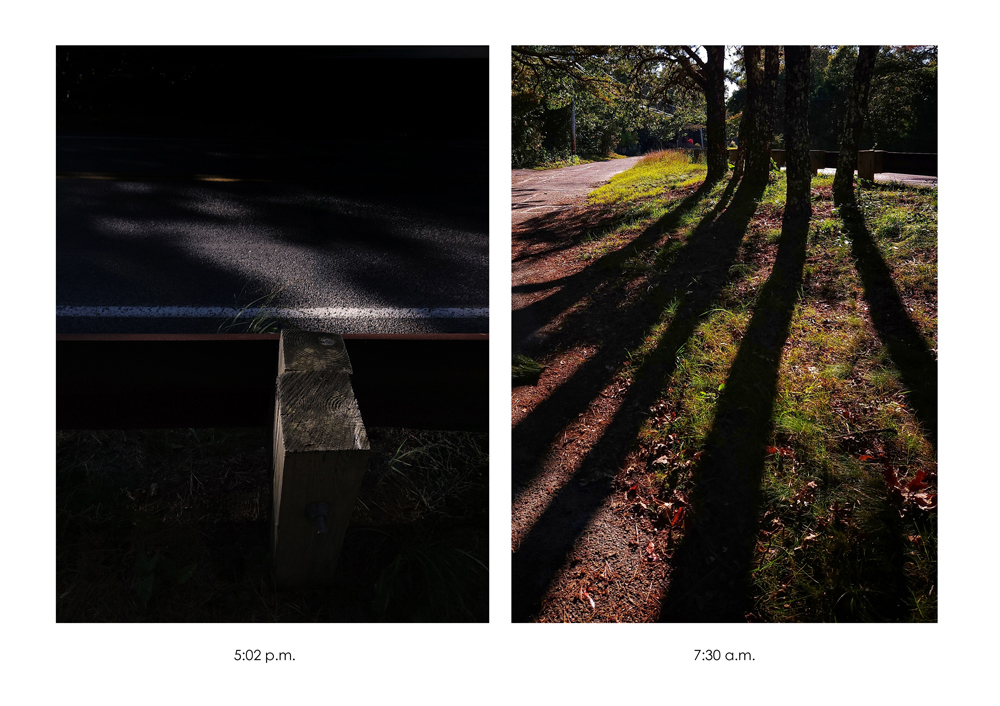
©Melinda Reyes, Winslow Gray Road. These images were taken on the one-year anniversary of my father’s death They document the exact time and space in which he lived, then died. Description:20” x 24” archival inkjet prints
Winslow Gray Road explores what it means to live within 2 opposing realities – the tangible and the intangible and seeks to draw the viewer into the complexities that exist and permeate ones life amidst an unsolved homicide.
Melinda Reyes has created an investigatory project to help her understand, process, and possibly solve the murder of her father. In 2021, on a chilly November evening, her father went out for a stroll hear his home on Cape Cod. He was struck by a hit and run driver, who left him to freeze in the woods off Winslow Gray Road. Over the years, Reyes has processed this horrific event in numerous conceptual ways, allowing herself to consider loss as an artist and daughter.
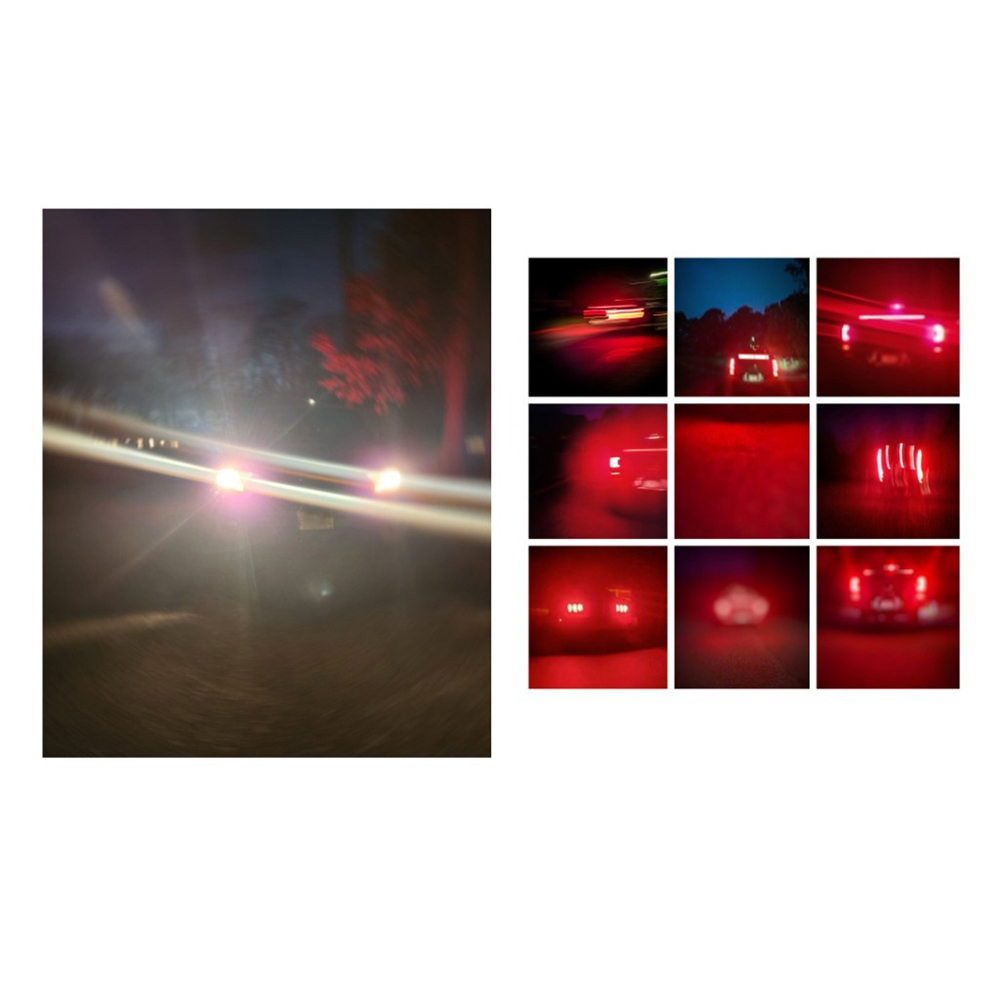
©Melinda Reyes,“What did you see, what did you feel” – Moments of light – white, orange, red – puzzle pieces of what was perhaps the final glaring illumination my father saw. These images embody my own visceral response to what I imagine were my father’s last moments. Description: headlight image 72” x 84” photographic wallpaper. Taillight grid is composed on images 20”x 20” archival inkjet prints

©Melinda Reyes, “Remnants I” – – These boxes contain what was found and collected at the crime scene in the area under and around my father. Throughout this project, the concept of a box has many meanings and messages. At times, it serves as a vessel to hold precious items and important artifacts. At others, it reflects a deeper psychological layer, mirroring the way we compartmentalize trauma and navigate complicated emotions. Description – Image 60” x 12” archival inkjet print
Winslow Gray Road
My father’s body was discovered on Winslow Gray Road on the southern coast of Cape Cod. It was November 30th, 2021 at 7:30 am. The temperature was 26 degrees. It is estimated that he was struck, killed, and left to die at 5:02 pm the prior evening and no suspect has ever been found. My project, Winslow Gray Road, is a three year examination of this profound loss, using photography to document, analyze, and examine the objects and images surrounding his death. I collected the dirt, gravel, leaves, pine needles and pieces of his clothing that remained. I found remnants from the vehicle owned by the perpetrator, these sharp, orange fragments of a headlight shattered on impact with my father’s body and became a tangible link to his killer. This active and ongoing narrative is a convergence of personal emotions and factual reality, a seemingly impossible attempt at balancing evidence with helplessness and emotional devastation. This work is a type of investigation and a purging that has felt necessary to understand something so tragic.
The project evolved from the 2 dimensional photographs of the remnants of the crime scene to then repurposing those remnants into sculptural pieces as I found myself needing more depth beyond the frame. Within this process, the concept of weight and scale became synonymous with the burden I have been carrying. I began juxtaposing the photographs with the sculptures- both of equal importance. I found it imperative to have the authentic objects line up with what I imagined the horror to be like, all the while seeking the need to find a place for grief to rest.
The tragic loss of my father has left me to grapple with the painful aspects of uncertainty. The absence of witnesses and surveillance footage, along with the nature of this unsolved homicide has forced me to search for evidence. My visits to the site of the killing were frequent. They began the day his body was discovered mere steps from his home. I surveyed the land again and again and eventually created a memorial there. These images are part of a larger body of work and they underscore that an unsolved homicide is a type of undoing, unveiling, – like an unraveling of connective fibers that prevent any semblance for true solace to exist when trauma occurs. Winslow Gray Road explores what it means to live within 2 opposing realities – the tangible and the intangible and seeks to draw the viewer into the complexities that exist and permeate ones life amidst an unsolved homicide.
*** There were 22,900 homicides in the U.S. the year my father was killed and of that 1,802 were hit and run fatalities – 90% of which go unsolved. Our news has become saturated with national and global atrocities and we have unintentionally become more desensitized and indifferent to news of a smaller scale and only that which directly touches our lives. Leaving those who personally experience homicide feeling isolated.
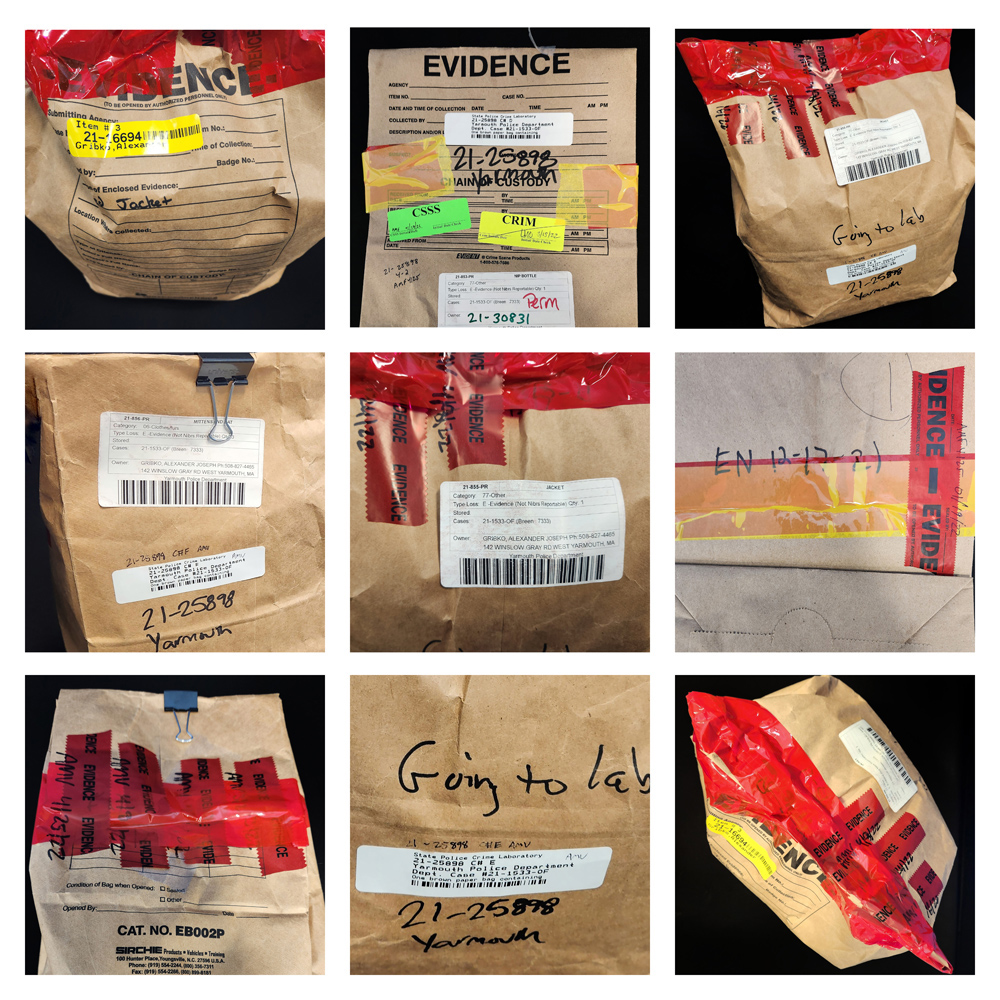
©Melinda Reyes, “Evidence you existed” Detectives granted me access to photograph the evidence bags in a secure room of the police department. The images are in itself evidence, but in their stark background, composition, and closeness they reflect the tension between intimacy and detachment that occurred during my interaction with them. Description: Images 20”X 20” archival inkjet prints
Melinda Reyes is a Massachusetts-based photographer deeply driven by social justice. After receiving a BFA in Photography from Rochester Institute of Technology, she traveled throughout the U.S. working as a freelance photographer and in studios, labs, and galleries. In 1987 she attended a year-long photography residency program at Salzburg College in Austria, and ten years later became invested in social welfare and advocacy, earning a Master’s in Social work at Simmons University. Currently fusing both professional paths, Reyes utilizes the power of documentary photography to initiate awareness and change in vulnerable populations, especially the elderly. Her series “The Quiet World of Aging” has been exhibited nationally, including 2 solo exhibitions in Massachusetts. It has been included in many group exhibitions in the U.S. and abroad, including: Rhode Island Center For Photographic Arts, PH21, The PhotoPlace Gallery, The Perfect Exposure Gallery, and The Photographer’s Eye, and was selected to be part of the 9th Edition of Photoville’s The Fence. “The Quiet World of Aging was a Top 200 finalist in Photolucinda’s Critical Mass in 2019 and Editor’s pick in both the 2019 LensCulture Portrait Awards and Emerging Talent Awards. The series was published in Atlas for Humanity Magazine and part of “Imagine: Visions for Hope.” It was highlighted in the Boston Globe, Brockton Enterprise, and The Conway Daily Sun. Most recently, a segment of the women of “The Quiet World of Aging was given an Honorable Mention award in the 22nd Annual Julia Margaret Cameron Awards. Her documentary “Inside the Walls: An intimate Look at our Elders during Covid-19 has also been exhibited nationally, including 2 solo exhibitions in Massachusetts and New Hampshire. It won 1st place in the Portrait series in the 16th Annual Julia Margaret Cameron Awards and was a Top 200 finalist in Photolucinda’s Crtitical Mass 2021. It won 1st place at the The Photographer’s Eye and 2nd place in Photoworks “Hindsight is 2020” It has been published in multiple books including: “Living and Photographing in the time of COVID-19,” “Art in the Time of Corona- Volume II and “Pandemic in Focus” with Social Documentary Network. “Inside the Walls” has been part of more than half dozen group exhibitions and was a finalist in the Lucie Foundation’s “The Portrait Project” and category finalist in the Siena Awards. This series has been featured multiple times by the Covid Photo Project and Artist for Long Term Care.
Her time has also been spent immersed in a personal, ongoing documentary “As Parts of You Unfold” which has spanned the last decade and is based on the intimacy and connection between her and her granddaughters. It has been part of the Fine Art winning series in the 18th Annual Julia Margaret Cameron Awards and garnered 5 Honorable Mentions in the 22nd Annual Julia Margaret Cameron Awards in multiple categories. It has been part of 2 group exhibitions at The SE Center for Photography – “The Woman’s View” and “Summer.” Earlier documentary series include: “Children of the Projects,” Boston, MA 1992-1994. “Nuns of a Different Order.” Boston, MA 1998-2000. Ms. Reyes took a hiatus from being an active photographer in the late fall of 2021 when her father was tragically killed. She has spent the last 2 1/2 years quietly processing her grief while examining many aspects of the homicide. It has been during this time of solitude that she began creating images and sculptures as a way to move through loss. This opened up time to work with a mentor in-depth on self expression while also channeling the work into a much needed and broader dialogue on the personal experiences one has amidst an unsolved homicide. This newest body of work, “Winslow Gray Road” is still emerging but is ready to be shown to a larger audience.
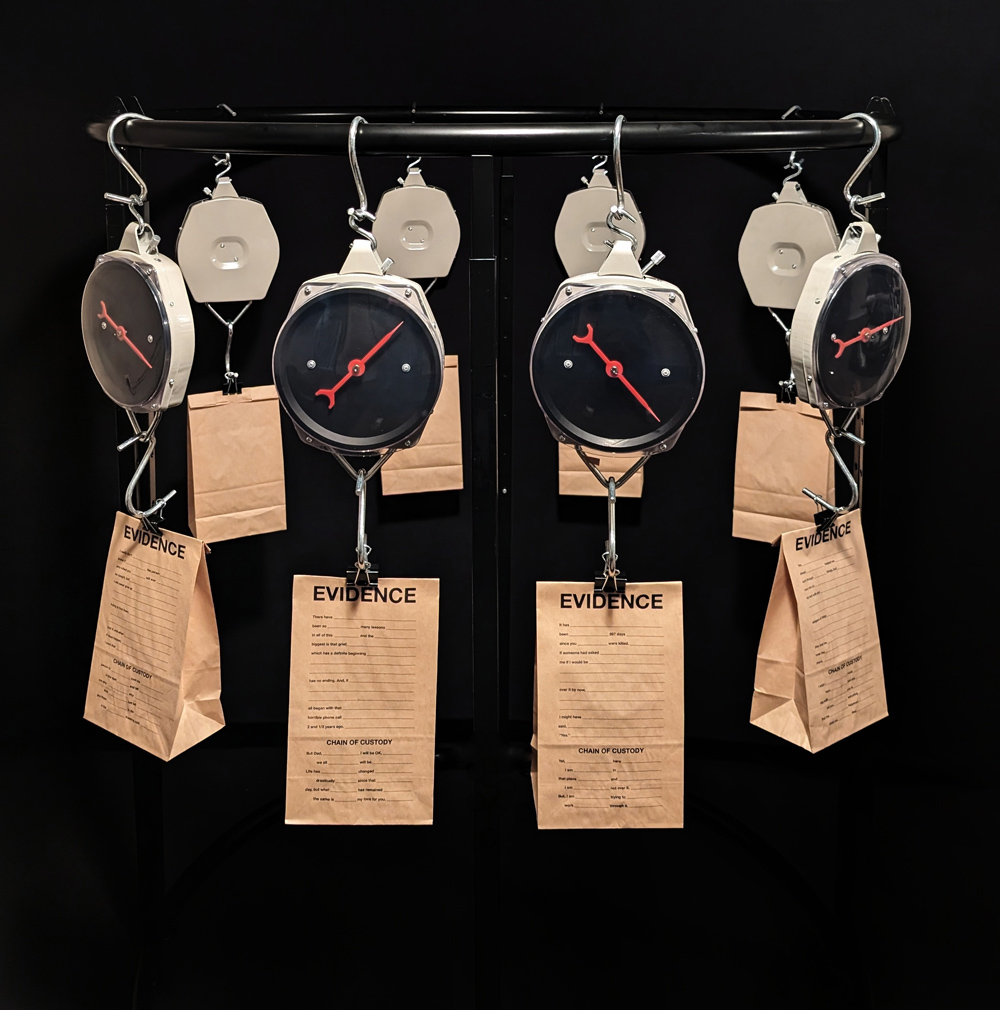
©Melinda Reyes, “The burden I carry” – How does one define weight? How do we experience weight? Perceive it? How do we quantify that which is invisible. This piece is an exploration of these broader questions while delving into personal self-revelation. Description: 72” black metal circular structure with 8 industrial hanging scales painted black. 8 plain paper bags designed to replicate police evidence bags. Each bag’s printed text is part of a letter to my father. Binder clips holding the bags match those the police use. Bags printed on a home Epson inkjet printer
Tell us about your growing up and what brought you to photography…
I grew up on Cape Cod, Massachusetts the youngest of 3 girls (my mom, was a Scrimshaw artist and my dad, an Investor). I spent my childhood as a gymnast and at 13 came to a cross roads, where by I could leave home to be a competitive gymnast and have my life be wholly that or stay home – I stayed home and that summer I got my first camera from my father, a Pentax ME super. We would spend hours each month devouring the contents of Life magazine and National Geographic and I proclaimed that I would be a photographer one day. At the time, my grandfather was living with us, he too, was a lover of photography and a couple of times a week we would drive around the Cape to photograph. He had me keep a notebook -writing in the settings for each picture I took. We would then get the film developed and compare the notes with the contact sheets. In high school, my art teacher embraced my love for picture taking and spent private time teaching me editing and darkroom techniques. I knew early on that I wanted to study Photography at college and both of my parents were incredibly supportive of the decision and I attended R.I.T
I am so so sorry about your father. What propelled me to make work about this horrific event.
Thank you so very much Aline for your thoughtful condolences. Losing my father in this way was beyond comprehension, it was like the world I lived in ceased to exist at that moment. There was no definitive beginning, I did not consciously decide to make this project, it simply evolved. I would walk back and forth from his house to the crime scene multiple times a day the first few weeks, just trying to make sense of it all. During these walks, I seemed to notice everything in slow motion- making photographs initially, then picking up every object, anything that was under or near him and placing it in a pile- trying to piece it together. It became both a conscious and unconscious investigation for me. I had no idea where it would lead. But I knew, I had to do something.
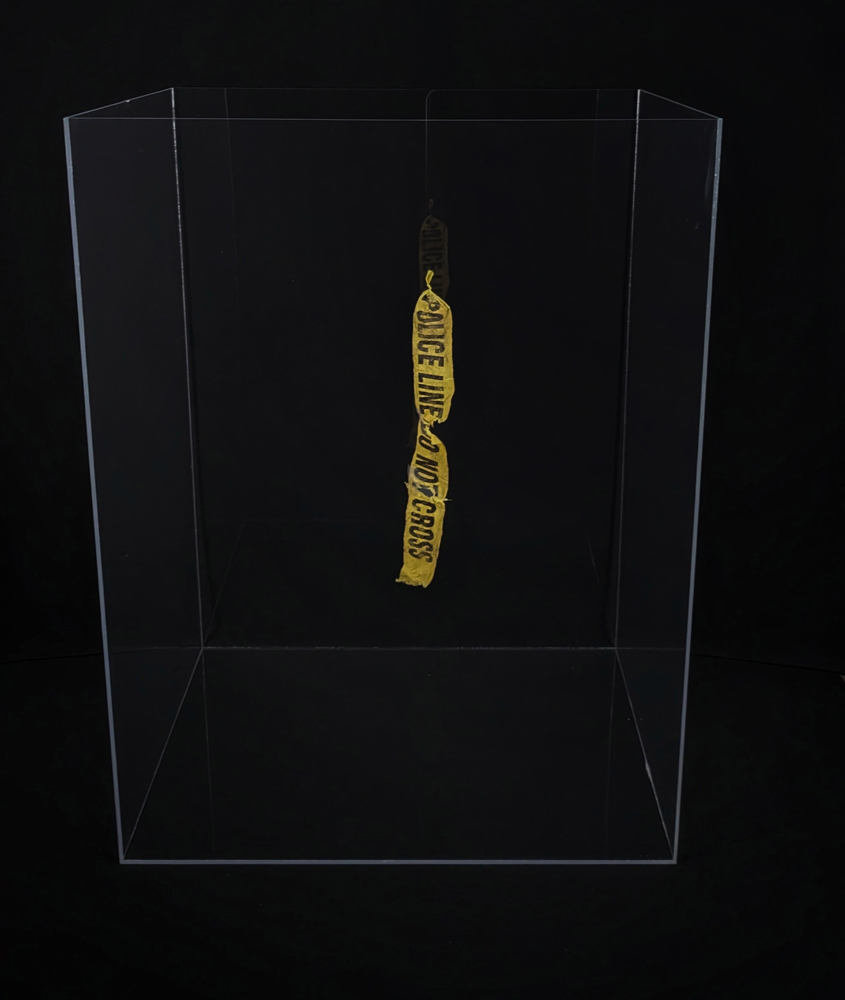
©Melinda Reyes, “Suspended” – 16 months after my father’s death, the words no one wants to hear. No more leads, nothing to follow. The gravity of the words hitting with blunt force, then hanging there in the silence Description: 4’ x 3’ x 2’ plexiglass box with a lid (not shown in this photograph) – within the box are pieces of police tape found at the crime scene and taped together with scotch tape. Suspended by invisible thread.
Has your project helped with your grief, or more with you personal investigation?
In hindsight, this project has been an integral part of my grieving process. After the photographs were made and the remnants collected, they sat in boxes untouched for a long time. I sat quietly for months on end with them sitting in my sunroom- unopened cards sat on top. I knew there would be a day when I would be ready to confront and embrace all that was inside. It just took time. And as the first anniversary of his death arrived, I peeled off the tape and there began the real journey of both grieving and healing. I cried for days, afraid I would not stop, but I when I did, I realized that I was to be a voice, give voice to my father and his story. I knew he would want me to just as I knew if it were I who was killed, he would be my voice.
What has been the most difficult part of this journey?
There have been many difficult parts to this journey, the first being, not having any closure. Knowing that we may never know who killed him. That is hard. It has also been hard working in a sort of isolation – self propelled isolation as I needed to find my bearings before I started sharing the work. I would spread everything out on the dining room table, look at for days, move things around, layer things – questioning everything then placing it all back in boxes. This process would emerge and expand over and over as I battled self doubt. All the while, I knew instinctually the work was moving outside of my comfort zone from 2 dimensional photographs into the realm of sculpture as I found it necessary to have deeper physicality with specific objects. It then forced me to do one of the most difficult things for me – to ask for help, to share my pain, and my work, with another.
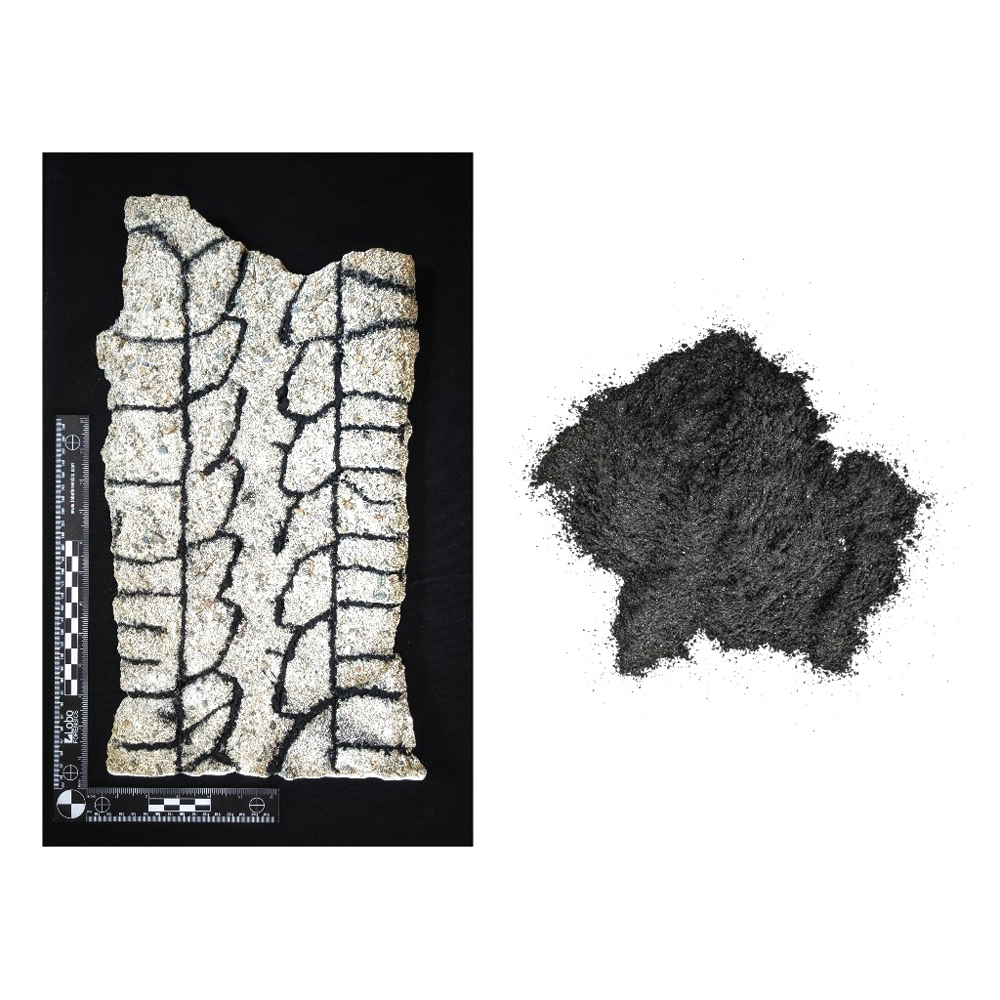
©Melinda Reyes, “Seeing a part of you” – In a homicide with minimal evidence to identify the perpetrator, a two-dimensional photograph alone may not fully capture the delicate nature of the evidence. I was compelled to sit on my knees and carefully create a cast, immersing myself in the texture and ephemeral details before they vanished. By carefully applying the fingerprint powder into the thread, I aimed to preserve these marks, similar to a fingerprint. The scale of this new object then juxtaposed with the fine dust that occupied the thread and sits on a shelf. This piece stands as a tangible form of the perpetrator and their identity while also representing the impermanence of life and the ephemeral nature of the evidence as the delicate dust shifts and dissipates.
Will the project ever be finished?
Yes and no. Without closure, no, I don’t see it fully ending for me. But that being said, I see it having a final resting spot that also allows for additions to the project. I can visualize it in a finished way in terms of it being shown in a physical space and a more complex finality in book form.
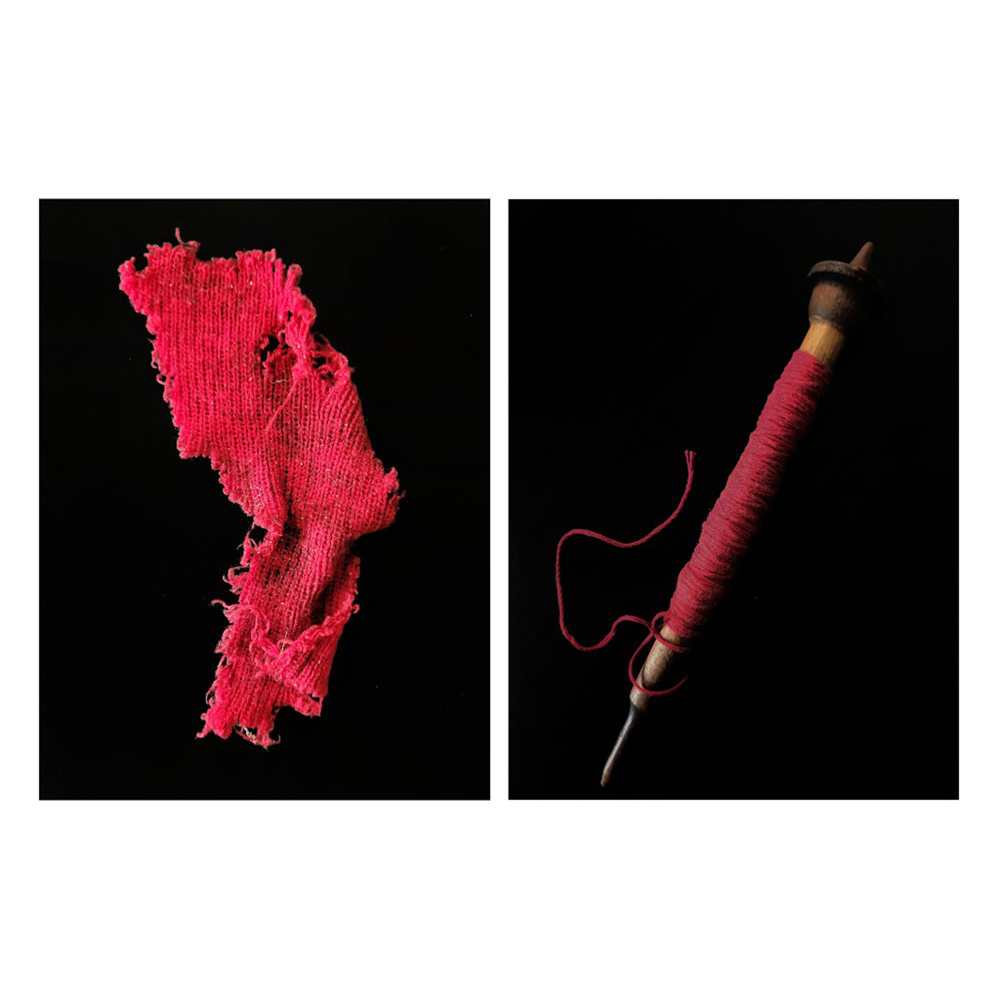
©Melinda Reyes, “If I make you a new scarf, will it change anything” Description: remnant of his red scarf and the same yarn spun on a vintage thread spool.
Tell us about your dream installation…
Ahh. Yes, my dream installation-
The MOMA would be great of course  Honestly, my first wish is to show the project on Cape Cod. I feel that would have the most importance to me. Beyond that, there are so many wonderful spaces in Boston that I would pursue- the open spaces and galleries of the Boston Public Library, City Hall plaza, and university museums. Places that draw a very diverse group of people and places where the photographs and sculptures have a space to breathe. It is my hope that whichever space it exists within, individuals can freely discuss the topic, their emotions, and experiences amidst the large scale photographs and sculptures as some have an interactive approach that invites one to hold it or walk into a sculptural piece where one faces their own vulnerabilities.
Honestly, my first wish is to show the project on Cape Cod. I feel that would have the most importance to me. Beyond that, there are so many wonderful spaces in Boston that I would pursue- the open spaces and galleries of the Boston Public Library, City Hall plaza, and university museums. Places that draw a very diverse group of people and places where the photographs and sculptures have a space to breathe. It is my hope that whichever space it exists within, individuals can freely discuss the topic, their emotions, and experiences amidst the large scale photographs and sculptures as some have an interactive approach that invites one to hold it or walk into a sculptural piece where one faces their own vulnerabilities.
Throughout this project, one of my goals has been to bring awareness and a voice to the personal effects of an unsolved homicide. Death, has traditionally been a taboo topic, bringing uncomfortable feelings and responses, especially those surrounded by a form of violence. By facing it, we are forced to accept the truth of a situation and there lies a convergence of personal emotions and factual reality.
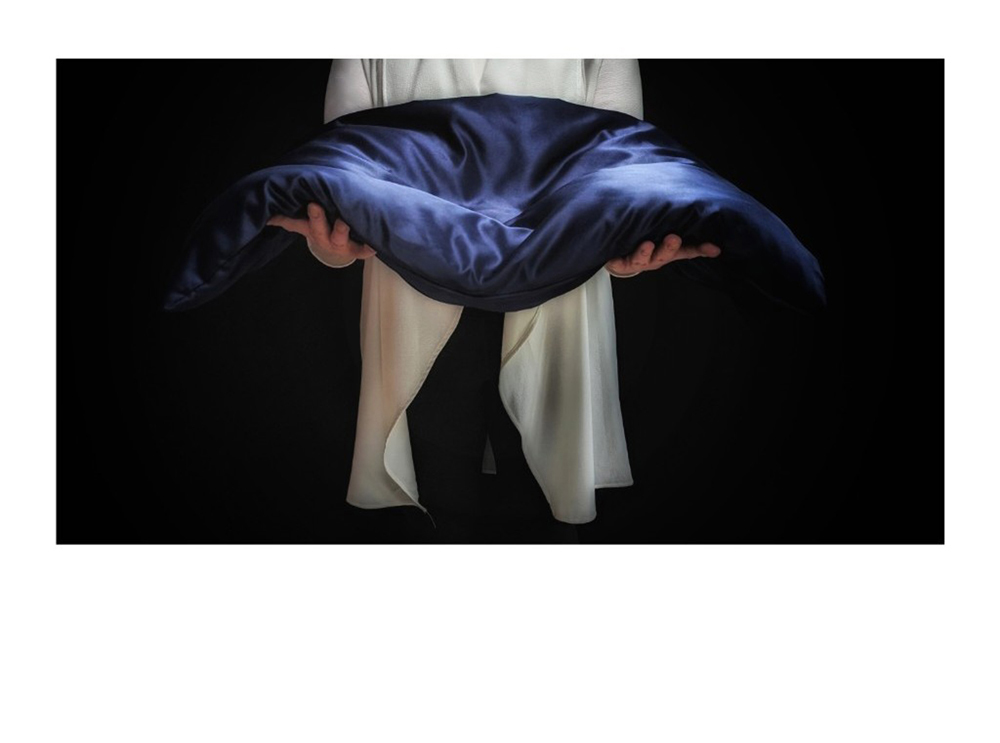
©Melinda Reyes, “Reverence” – Coming to terms with the fact that my father’s last breath was on dirt, rocks, leaves, pine needles, and pieces of concrete has been profoundly difficult. To heal, I felt compelled to create a new narrative about where and how he rested. This sculptural piece which is exhibited together as a photograph and an object, emerged from that need, evolving from layering objects from the crime scene on photographs into a tangible pillow designed for contemplation and interaction. The pillow invites you to experience its weight, textures, and scents firsthand. Through this piece, I honor my father by crafting a new resting place – a new narrative that is informed
by love. Description: 20” x 32” pillow – hand sewn satin fabric with the interior including batting gently layered with leaves, pine needles, crushed pine cones, feathers and ashes. The center of the pillow contains sifted dirt and my father’s ashes that equal the weight of an average male’s head.
What has been inspiring you lately?
A couple of things:
Color!!!! And diving deeper into Color Psychology. I have always worked in black and white and through the process of creating Winslow Gray Road, I was reintroduced to working in color as I felt the project naturally called for color to tell the story. I feel as though my eyes and mind are now constantly searching for all the different variants of color. I was recently introduced to the work of Desiree Dolran and it resonated deeply with me, both photographically and sculpturally. It has inspired me to continue to explore and work in color, something I really never imagined.
While standing amidst the stark, raw work of Winslow Gray Road, there have been many times I simply needed a quiet retreat and I found it in creating a more intimate piece that has become a sort of dialogue with my father. Just as I wandered back and forth to the crime scene, I wandered from room to room in his house, observing all the details of how he left things, what appeared important to him and what was simply a part of each of day. I found solace in his home that first week especially – his energy was everywhere and I began to photograph all of it before it was changed in some way. So bringing those images forward, working with them in color, and creating a photographic language between myself and my father has been wonderful.
Lastly, I have been collecting the stories of individuals in the state that have been killed in the same manner and whose cases are all still unsolved. Learning about their lives through loved ones is especially poignant and I am working on creating a piece to bring the names and stories to life photographically and through sculpture.
I promised myself a long time ago to not allow my father’s story to be forgotten.
I want to thank Aline Smithson for believing in the importance of this work and it having a place in the world. I also want to thank Andrew Mroczek for being an incredible mentor and his unwavering support in me and this body of work. – Melinda Reyes
Posts on Lenscratch may not be reproduced without the permission of the Lenscratch staff and the photographer.
Recommended
-
Donna Bassin: Environmental MelancholiaJanuary 14th, 2025
-
Carolina Krieger: The intertwining of the abyssDecember 28th, 2024
-
Sylvia Sanchez: Out of the OrdinaryDecember 27th, 2024
-
Interview with Dylan Hausthor: What the Rain Might BringDecember 23rd, 2024
-
Julie Anand & Damon Sauer: Art + Science Competition Second Place WinnersDecember 17th, 2024

